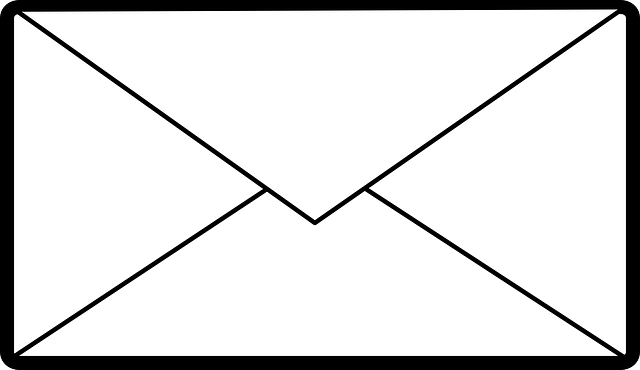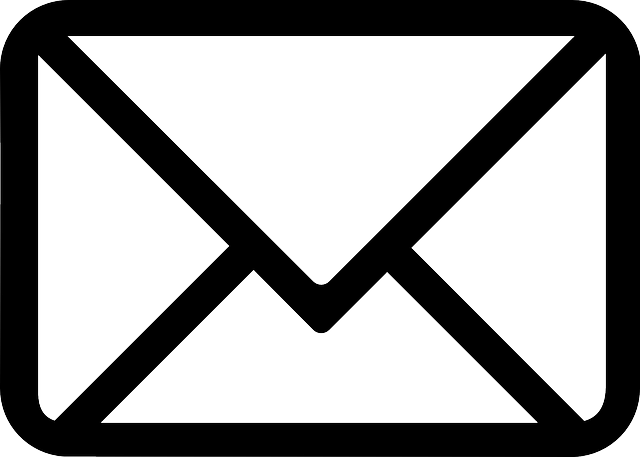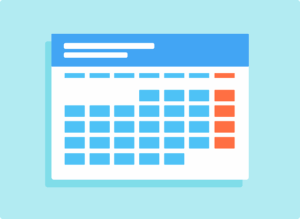Patient no-shows are a significant challenge in healthcare, leading to revenue loss and administrative strain. To combat this, automated reminder systems using SMS, email, and voice calls have emerged as powerful tools. These technologies enhance communication, improve patient accountability, and reduce no-show rates, optimizing operational efficiency. Personalized email reminders for clinics, with dynamic content and strategic subject lines, capture attention and boost response rates. Offering multiple communication channels ensures consistent messaging and follow-up opportunities. Measuring success through attendance rates and patient satisfaction highlights the benefits of these technology-driven solutions, leading to better healthcare delivery and patient retention.
In today’s digital age, patient no-shows remain a significant challenge in healthcare, leading to inefficient resource utilization and lower patient satisfaction. This article explores how technology-driven solutions, particularly SMS, email, and voice call reminders, are revolutionizing appointment management. We delve into the prevalence of patient no-shows, the role of technology in reducing them, and effective channels for engagement. Additionally, we provide strategies for designing personalized reminders and enhancing response rates, with a focus on improving clinic attendance through email reminders.
- Understanding Patient No-Shows: A Prevalent Issue in Healthcare
- The Role of Technology: Revolutionizing Appointment Reminders
- SMS, Email, and Voice Calls: Effective Channels for Engagement
- Designing Personalized and Timely Reminders for Maximum Impact
- Strategies to Enhance Response Rates and Reduce Cancellation
- Measuring Success: Tracking Attendance Rates and Patient Satisfaction
Understanding Patient No-Shows: A Prevalent Issue in Healthcare

Patient no-shows are a significant challenge in healthcare settings, impacting both patient care and clinic operational efficiency. Studies show that no-show rates across various medical appointments can range from 10% to 40%, leading to lost revenue for clinics and increased administrative burdens. Understanding the root causes of these missed appointments is crucial for developing effective strategies to improve attendance.
Email reminders for clinics, along with SMS and automated call systems, are emerging as powerful tools in healthcare scheduling reminders. These no-show prevention tools leverage technology to streamline communication and create a layer of accountability. By implementing clinic reminder automation, healthcare providers can efficiently manage patient schedules, send timely notifications, and reduce instances of no-shows, ultimately enhancing overall operational performance.
The Role of Technology: Revolutionizing Appointment Reminders

Technology has transformed the way we communicate and access services, and this innovation is now revolutionizing appointment reminders for clinics. SMS, email, and call reminders are effective no-show prevention tools that can significantly improve healthcare scheduling. These digital solutions offer a convenient and direct line of communication with patients, ensuring they stay informed about their appointments.
With the right reminder service in place, healthcare providers can reduce the number of missed or canceled appointments, leading to better patient attendance rates. Automated reminders allow for personalized messages, sending at optimal times to suit both patient and clinic schedules. This technology is a game-changer, addressing the challenges of human memory and communication gaps, thereby fostering a more efficient and patient-centric healthcare environment.
SMS, Email, and Voice Calls: Effective Channels for Engagement

In today’s digital age, SMS, email, and voice calls have emerged as powerful tools to engage patients and improve healthcare outcomes. When it comes to reducing patient no-shows, these channels offer a direct line of communication, ensuring that individuals receive critical reminders promptly. For instance, sending personalized text messages through an advanced clinic reminder automation system can effectively capture patients’ attention due to their accessibility and widespread use. Similarly, email reminders for clinics provide a more detailed platform for information sharing, allowing healthcare providers to include essential details about appointments, procedures, and pre-visit preparations.
Furthermore, integrating a reminder call service enhances patient engagement by offering a more human touch. Voice calls enable two-way communication, where patients can voice their concerns or ask questions, fostering better understanding and, consequently, boosting medical attendance rates. These channels collectively contribute to creating an efficient system for clinic operations, ensuring that patient schedules are honored and resources are utilized optimally.
Designing Personalized and Timely Reminders for Maximum Impact

Designing personalized and timely reminders is a key strategy to maximize their impact on patient attendance. These messages should be crafted with an understanding of individual patient preferences and behaviors, ensuring they stand out among the usual communications patients receive. Incorporating dynamic content, such as patient-specific information and tailored language, can significantly enhance engagement. For instance, addressing patients by name and providing relevant details about their appointment can make the reminder more compelling.
The timing of these reminders is equally crucial. Sending them too early might cause annoyance, while arriving too late may not give patients enough time to adjust their schedules. Optimizing delivery times based on historical data and patient feedback allows for a balance between being proactive and avoiding intrusion. Email reminders for clinics, combined with effective call or SMS services, can serve as powerful no-show prevention tools, ultimately improving clinic reminder automation and overall operational efficiency.
Strategies to Enhance Response Rates and Reduce Cancellation

To enhance response rates and reduce cancellations, healthcare providers can implement several effective strategies when utilizing email reminders for clinics. Personalized messages that convey a sense of urgency and emphasize the importance of appointments can significantly improve patient engagement. For instance, sending emails with subject lines like “Your upcoming appointment—don’t miss out!” or “Final reminder: Your health check-up awaits” can catch patients’ attention.
Additionally, incorporating dynamic content, such as including the patient’s name, appointment date, and time, makes the reminders more relevant. Offering multiple communication channels, including SMS and phone calls alongside emails, acts as a no-show prevention tool. Reminder call services and healthcare scheduling reminders through these various means ensure that patients receive consistent messaging, increasing the likelihood of attendance while also providing opportunities for follow-up conversations to address any potential barriers to attendance.
Measuring Success: Tracking Attendance Rates and Patient Satisfaction

Measuring success is a vital component when implementing technology-driven reminders for clinics. By tracking attendance rates, healthcare providers can gauge the effectiveness of their reminder services, such as email reminders for clinics and reminder call services. A rise in patient turnout indicates that these digital solutions are fostering better engagement and improving medical attendance boost.
Patient satisfaction surveys along with this data offer a holistic view. Positive responses from patients about receiving timely healthcare scheduling reminders through SMS or email suggest enhanced communication and convenience, ultimately leading to improved patient retention and care. This combined approach ensures that the reminder system is not only successful in reducing no-shows but also in building stronger relationships between patients and healthcare facilities.
